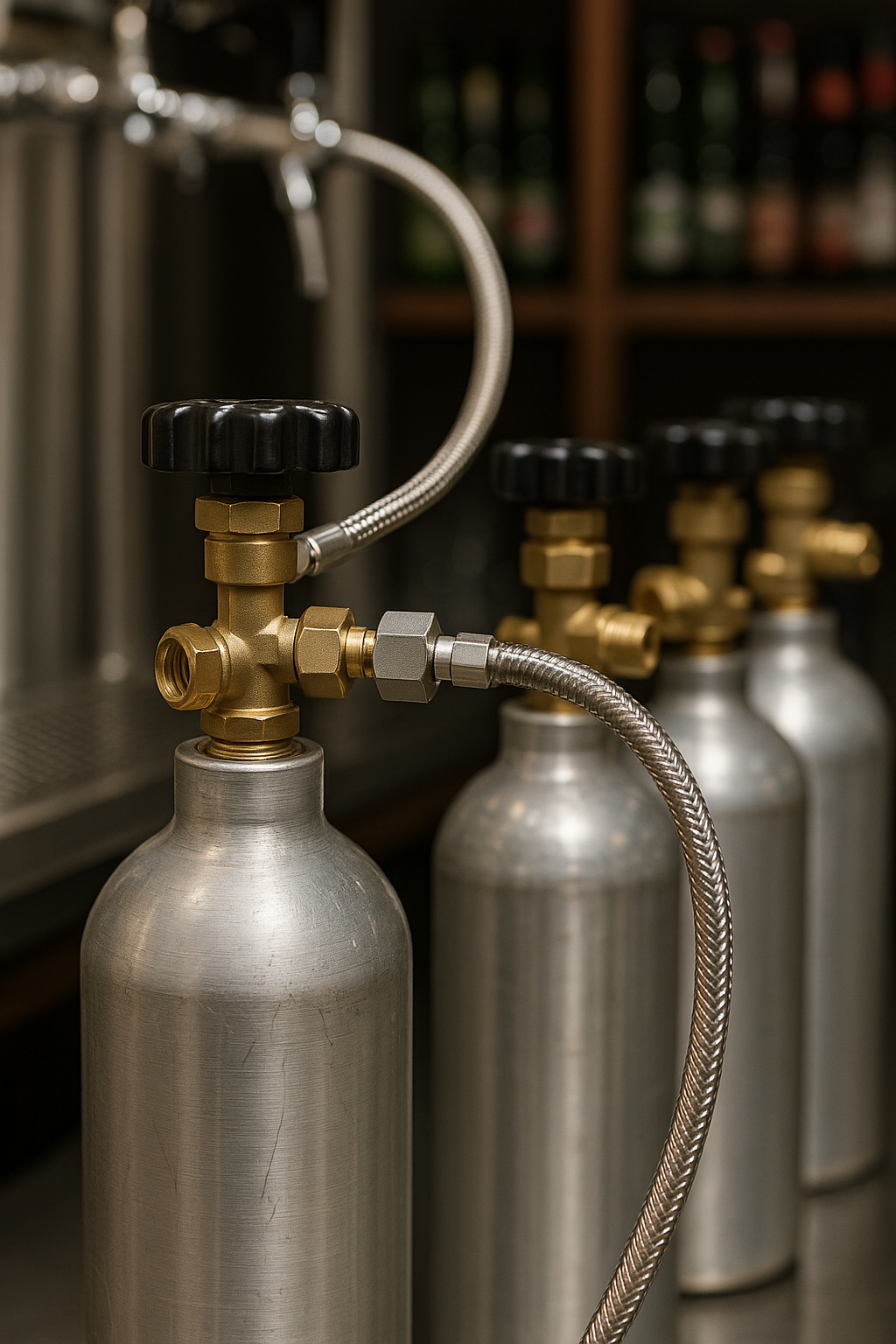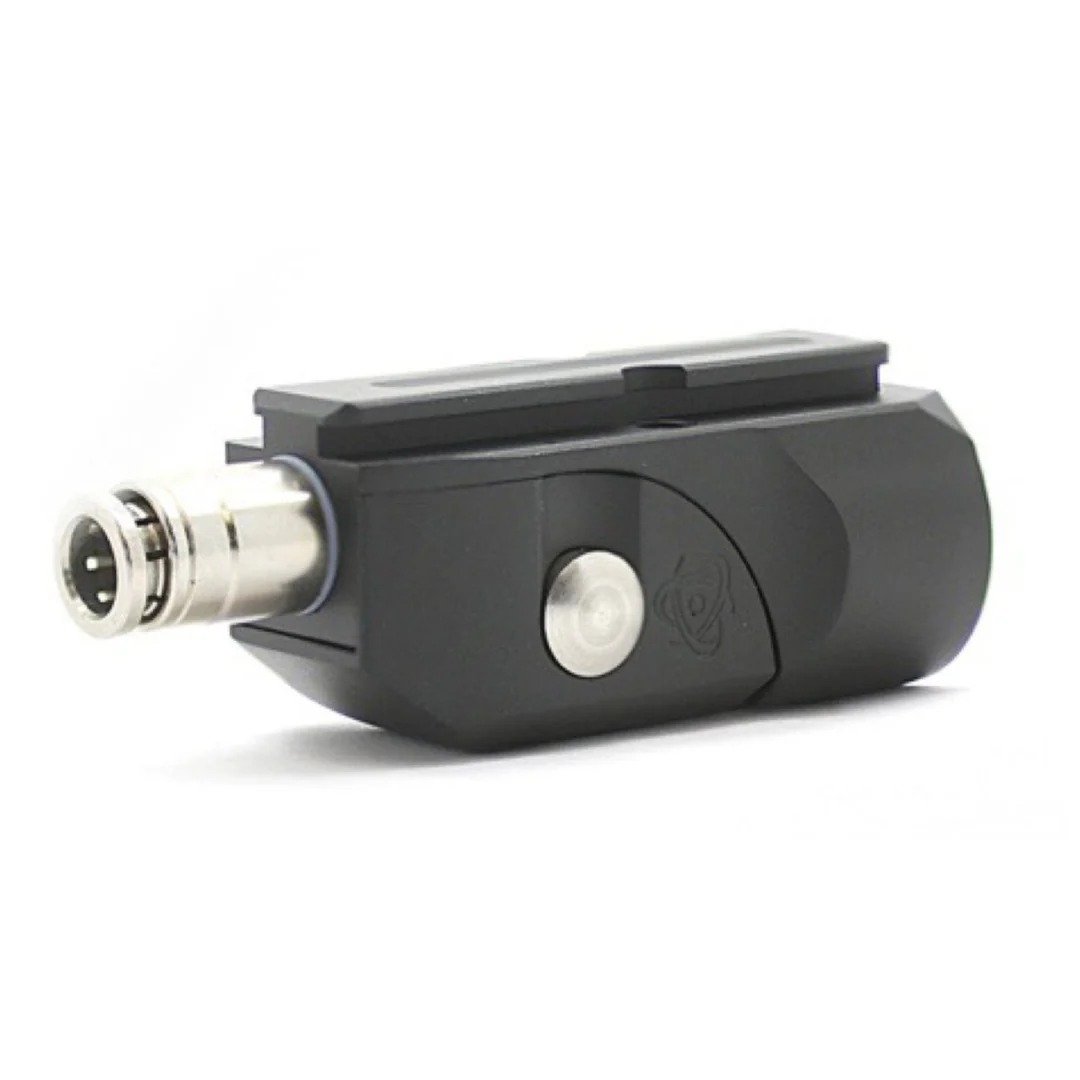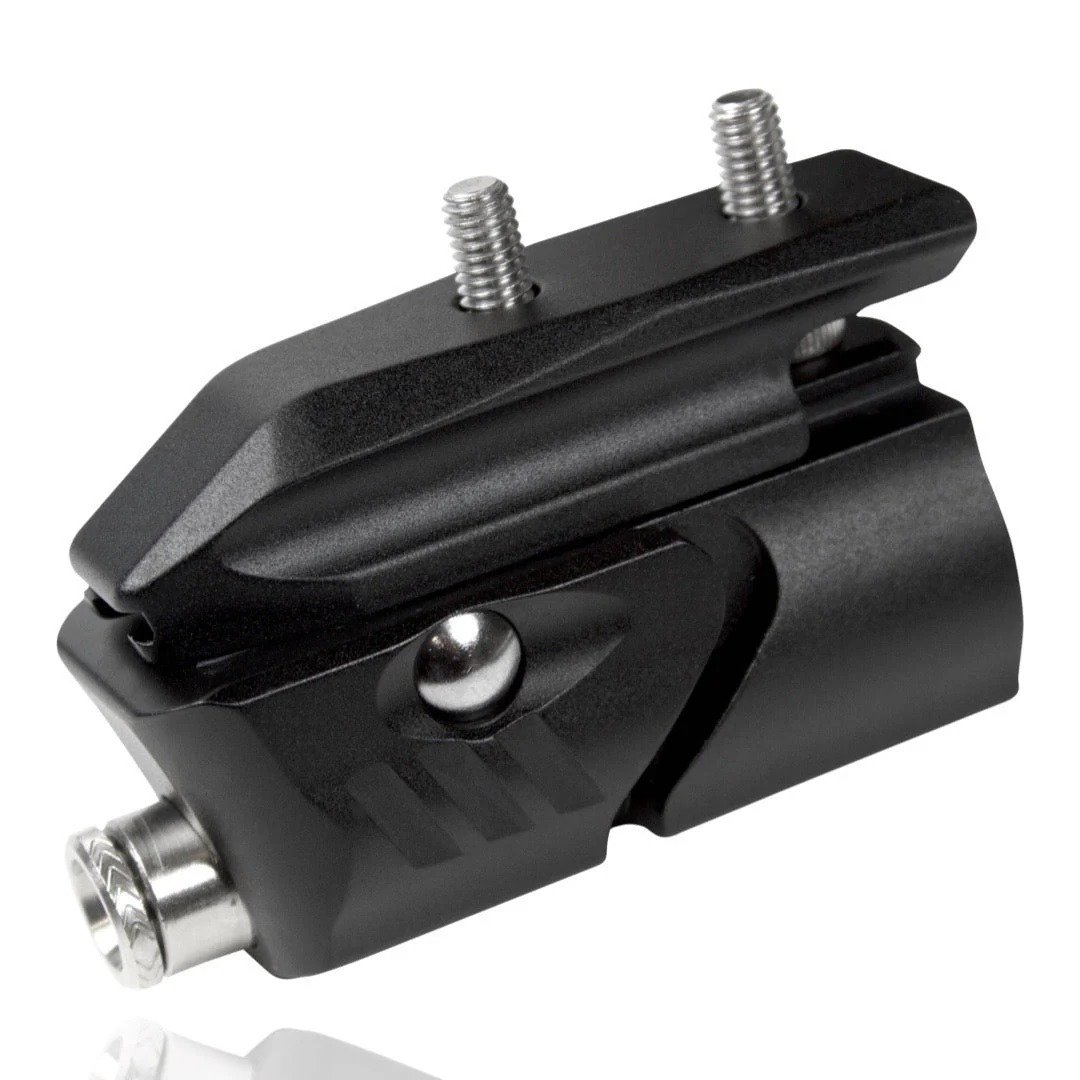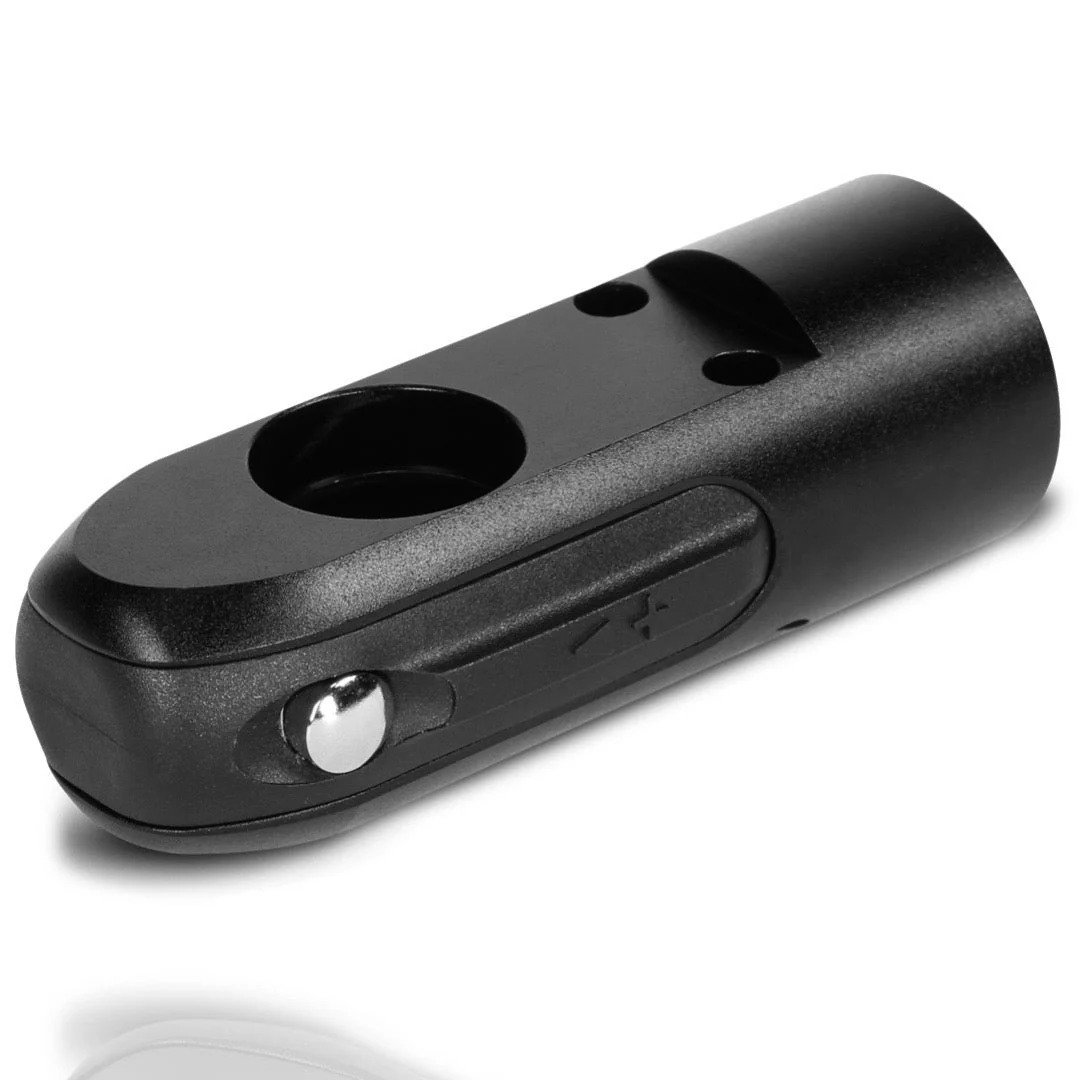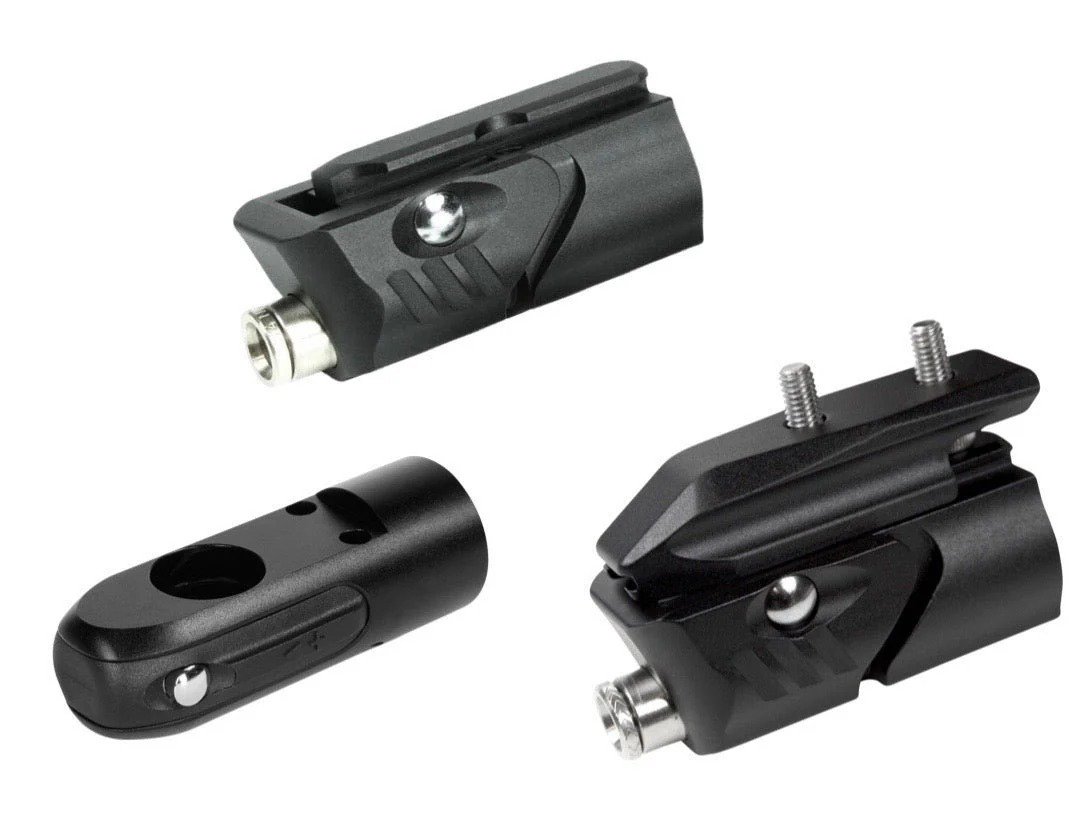Table of Contents
Scuba Tank Types
Aluminum vs. Steel Tanks
- Aluminum Tanks: Aluminum scuba tanks are typically lighter than their steel counterparts, making them easier to handle, transport, and store. This makes them a popular choice for recreational divers who don’t need the added weight of a steel tank. However, they do have one notable downside: higher buoyancy when they are empty. This means that you’ll need to adjust your weight system accordingly when using aluminum tanks for your dives. Aluminum tanks are commonly used for standard recreational diving and are often favored for their corrosion resistance—aluminum naturally forms a protective oxide layer, which helps prevent rust and corrosion in salty environments.
- Steel Tanks: Steel tanks are known for their higher pressure ratings, which allow them to store more gas and have a higher gas capacity at the same size. They are heavier than aluminum tanks, which can be an advantage for divers who need lower buoyancy at the end of a dive. Steel tanks also have a lower empty buoyancy than aluminum tanks, which can make weight management easier for deep dives or extended dives. However, steel tanks require more frequent inspections for corrosion, as they are more prone to rusting over time.
High Pressure vs. Low Pressure Tanks
- High-Pressure Tanks: These tanks are designed to hold a higher volume of gas in a smaller size, allowing for more air in less space. They are generally preferred by divers who need compact tanks for their dives. High-pressure tanks can store gas at pressures up to 3500 psi (240 bar) or more. This makes them ideal for technical diving or deep dives. They are a good choice for dive shops that need tanks with more capacity but want to keep the tank size manageable.
- Low-Pressure Tanks: Low-pressure tanks hold a similar amount of gas but are usually larger in size. These tanks store gas at a lower pressure, typically around 2000 psi (140 bar), which can lead to larger tank volumes. Because they are larger, low-pressure tanks are often used for longer dives where air consumption is a factor. Dive shops that provide equipment for beginner divers or leisure diving might prefer these tanks.
Carbon Fiber and Composite Tanks
Tank Size and Capacity
Scuba tanks come in various sizes, typically measured in liters (L) or cubic feet (cf). The right size depends on the type of diving your customers do. For dive shops and instructors, having a variety of tank sizes ensures you can cater to different skill levels and diving conditions.
Small Scuba Tanks (0.5L - 2L)
Small tanks are typically used for backup air supplies, snorkeling with air assist, or surface supply systems. These are not meant for deep scuba diving but serve specific purposes.
| Tank Size | Capacity (Air Volume) | Best For |
|---|---|---|
| 0.5L (Mini Tank) | ~10-15 breaths | Emergency air supply, snorkeling with air assist |
| 1L | ~30-50 breaths | Short shallow dives, freediving practice |
| 2L | ~5-10 minutes at shallow depth | Surface-supplied air for training, emergency backup |
0.5L Mini Tanks: These tiny tanks are primarily used as an emergency air source. Some divers carry them as a backup in case their primary air supply runs out. They are also used in snorkeling systems where a diver stays close to the surface but has the ability to breathe compressed air for short durations.
1L Scuba Tanks: These are portable and commonly used for very short dives or as a transition for freedivers who want to train with compressed air. Some divers also use them for pool training or technical gear testing.
2L Scuba Tanks: With a bit more air capacity, these tanks are often used for shallow-water maintenance work, pool diving instruction, or as a secondary emergency air source for divers. They are sometimes used in surface-supplied diving setups where a diver doesn’t need to go deep.
These small tanks are not typically used for full scuba dives, but they can be a great addition to your dive shop inventory for instructors who train beginners or freedivers looking to get comfortable with compressed air.
Standard & Large Scuba Tanks (5L - 15L)
For recreational and professional diving, these are the most commonly used tank sizes:
| Tank Size | Capacity (Air Volume) | Best For |
|---|---|---|
| 5L (40 cf) | Short shallow dives | Entry-level divers, lightweight travel setup |
| 7L (50 cf) | Medium dive duration | Small divers, wreck diving |
| 10L (80 cf, standard size) | ~45-60 minutes at 18m depth | Most recreational diving |
| 12L (100 cf) | ~60-75 minutes | Longer dive durations, professional diving |
| 15L (120-130 cf) | Extended dive time | Technical, wreck, cave diving |
Key Considerations for These Tank Sizes:
5L-7L Tanks: These are ideal for lighter divers, shorter recreational dives, or warm water diving where air consumption is lower. Some dive shops also use them for youth divers or divers who prefer minimal gear weight.
10L-12L Tanks: These are the industry standard for most recreational diving and training programs.
15L Tanks: Heavier but perfect for longer dives, technical diving, and commercial diving.
Extra-Large and High-Capacity Tanks (18L - Bulk CO₂ Systems)
For professional dive operations, extra-large tanks provide longer dive times, while bulk CO₂ systems are used in commercial applications.
| Tank Size | Capacity (Air Volume) | Best For |
|---|---|---|
| 18L (150 cf) | Extended bottom time | Technical, deep diving |
| 20L+ Bulk Systems | Continuous supply | Dive centers, industrial diving |
Key Takeaways for Extra-Large Tanks:
18L Tanks: Used by wreck divers, cave divers, and deep technical divers who need extended bottom time.
Bulk Air Systems: Some dive centers or commercial operations use large storage tanks with surface-supplied air rather than individual scuba cylinders.
Which Tank Size Is Best for Your Dive Shop?
For rental fleets → 10L (80 cf) aluminum tanks are the best choice for recreational diving.
For youth and lightweight divers → 5L or 7L tanks can be a good option.
For technical and professional diving → 12L+ steel tanks are preferable.
For instructors → Consider 1L-2L tanks for training freedivers or shallow instruction.
Adding small tanks (0.5L-2L) to your inventory could be beneficial if your dive shop also offers snorkeling, freediving training, or surface-supplied air systems.
Certification and Regulatory Requirements
All scuba tanks must be certified to ensure they are safe to use. There are a few key certifications to be aware of:
DOT & TC Certifications: In the U.S., scuba tanks must have DOT (Department of Transportation) certification, while in Canada, TC (Transport Canada) certification is required. These certifications ensure that the tank is built to withstand specific pressures and can safely hold gas under various conditions.
Hydrostatic Testing: Every scuba tank needs to undergo hydrostatic testing every 5 years to ensure its structural integrity. This test involves filling the tank with water and pressurizing it to check for any weakness or defects.
Visual Inspection: In addition to hydrostatic testing, scuba tanks also require an annual visual inspection to check for cracks, corrosion, or other signs of wear. This is critical for ensuring that the tanks are safe for diving use.
Key Considerations for Dive Shop Owners
As a dive shop owner, it’s important to keep the following considerations in mind:
Durability: The durability of the tanks is paramount. Aluminum tanks are favored for their corrosion resistance and lighter weight, while steel tanks offer a higher gas capacity and are suited for deep dives, though they need more frequent maintenance to prevent rust.
Cost vs. Quality: While it’s tempting to choose cheaper tanks to keep your costs down, remember that quality should be your top priority. Low-quality tanks can lead to frequent replacements and higher long-term costs. Consider investing in higher-quality tanks that will last longer and require fewer repairs.
Tank Accessories: Don’t forget about tank accessories such as valves, tank straps, and regulators. These items are essential for ensuring the functionality and safety of the tanks.


